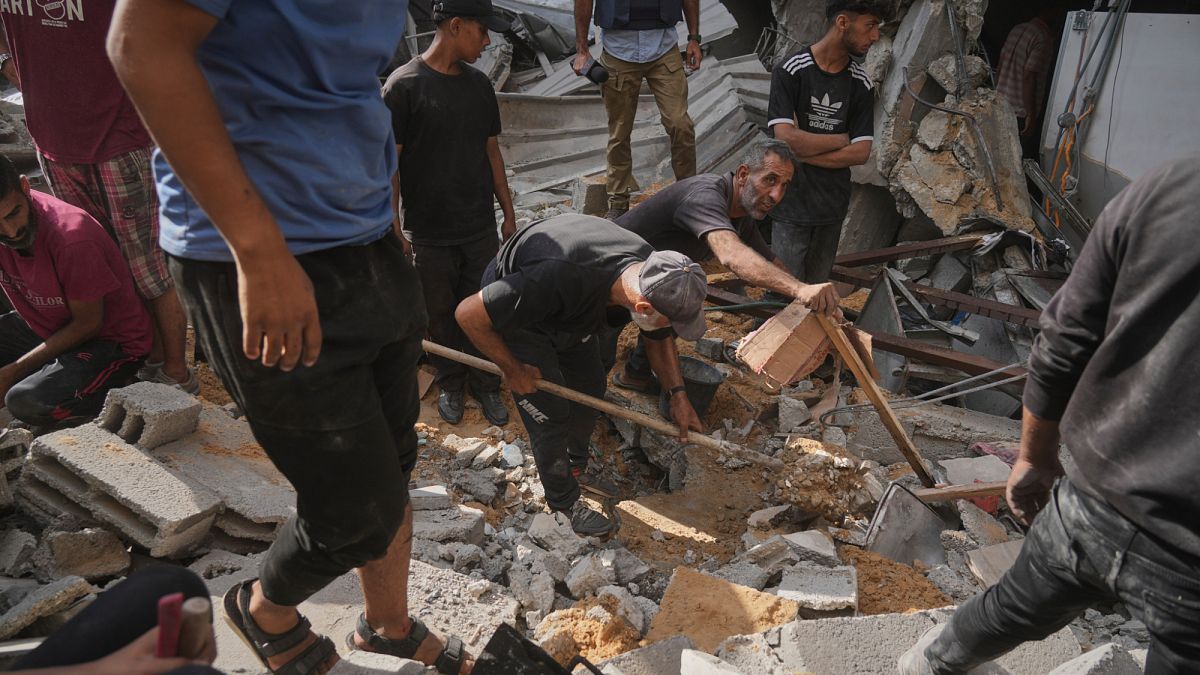

Recent developments in the Middle East have highlighted a significant rise in conflict and unrest, with various regions witnessing events that are drawing international concern. Both Gaza and southern Syria have experienced deadly airstrikes, which have resulted in profound implications for the local populations.
In Gaza City, neighborhoods were severely impacted by intense airstrikes carried out by Israeli forces. This early Tuesday assault led to considerable destruction and a tragic number of casualties. Local hospitals faced overwhelming conditions as they responded to those affected. This development adds a complex layer to an already tense regional backdrop where ongoing humanitarian challenges persist.
Simultaneously, southern Syria’s Sweida province has faced its own share of turmoil. Escalating sectarian tensions culminated in fierce confrontations and an Israeli airstrike. Clashes between the Druze minority and Sunni Bedouins are reported to have originated from a series of tit-for-tat kidnappings. The tensions led to accusations from a prominent Druze leader blaming the Syrian government for violating a ceasefire. These incidents underscore persistent regional and sectarian divisions, complicating efforts toward achieving lasting peace.
Further compounding these issues, Israeli military actions extended into Syria and Lebanon. Bombing raids targeted government forces in Syria’s vicinity, specifically southern areas near Israel, in response to the sectarian clashes. Additionally, strikes in Lebanon’s Bekaa Valley targeted Hezbollah, resulting in multiple casualties. These dynamics highlight the intricate interplay between local and regional actors, contributing to a precarious security situation.
In parallel, the broader geopolitical climate sees Russia intensifying its military activities, this time focusing on Ukraine. A recent escalation involved a widespread assault using drones and missiles, spanning the extensive front line separating the two nations. This push follows a peace deal ultimatum laid out by former President Trump, signifying ongoing hurdles in achieving diplomacy and stability in Eastern Europe.
Adding further complexity to the global diplomatic landscape, reports have emerged of Russia’s alleged use of banned chemical weapons in Ukraine, prompting international condemnation. Such actions amplify existing tensions and elevate the humanitarian stakes, drawing rebukes from the European Union and illustrating the conflict’s breadth.
In the midst of this tapestry of conflict, internal disagreements within Israel signal significant political discourse. A proposed initiative to establish a ‘humanitarian city’ for Palestinians in Gaza has sparked controversy. The military’s opposition to this project contrasts with political efforts to install the camp in Rafah city’s ruins, surfacing debates over the approach to managing humanitarian challenges in conflict zones.
The unfolding developments across these regions are a stark reminder of the ongoing fragility and complexity of conflict in the Middle East and beyond. As these situations evolve, the international community watches closely, navigating the delicate balance between intervention, diplomacy, and humanitarian relief.
Source: {link}
